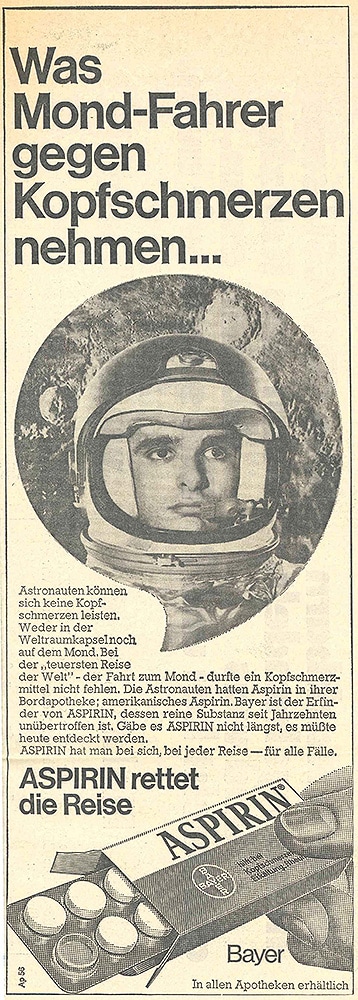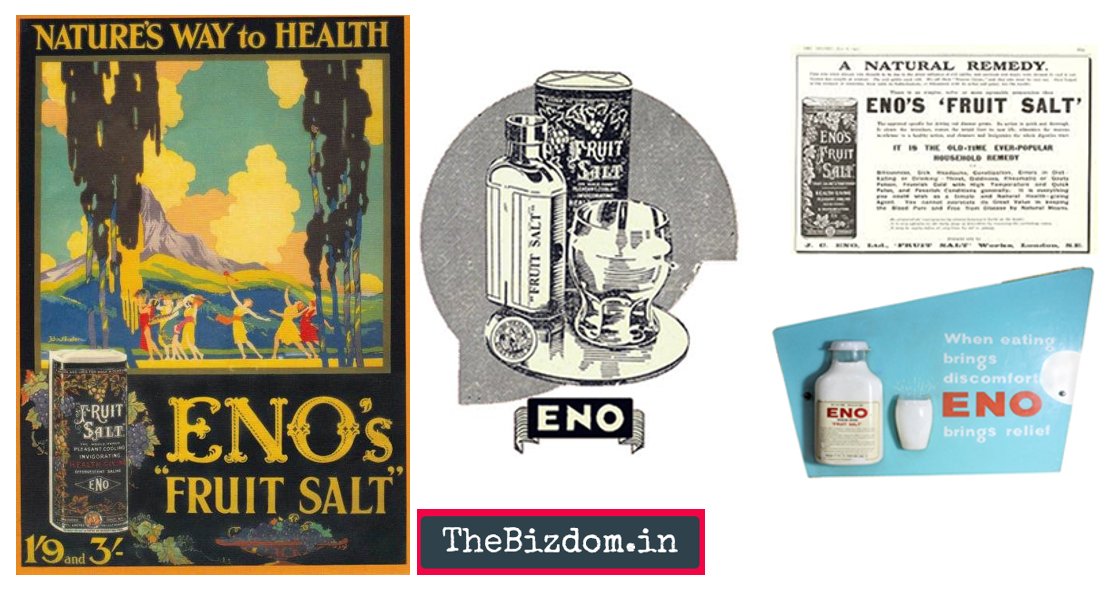1 min to read
Aspirin’s journey
Trip to the Moon

Many drugs have done well as brand names. Think Tylenol or Viagra. But the very first drug to be so successful under its own name was Aspirin.
Before the advent of modern pharmaceuticals, willow tree bark was routinely used for fever. It had many uses, and a relatively widespread use of willow bark for pain relief can be traced back to Hippocrates.
The primary use of salicylic acid refers to the Sumerians, who discovered the analgesic property of the willow plant for the first time. In 1897, scientist Dr Felix Hoffmann working in pharmaceutical firm Bayer in Wuppertal, Germany, synthesized a chemically pure form of Acetylsalicylic acid (ASA), a synthetic derivative of salicylic acid. This became the drug Aspirin’s active ingredient.
Aspirin was marketed in a powder form in 1899—delivered to medicine shops in 250-gram glass vials—but soon became the first drug to be sold in a tablet form. Bayer coined the term Aspirin from the Latin “a” for “from” and “spirsaure,” the German for “salicylic acid.” In the early stages of its development, Bayer marketed aspirin as a drug for preventing headaches.
The conquest of space was also a race between the two superpowers of the time – the USSR and the USA. However, one brand was common in their efforts.

Both the Soviets and the Americans put together on-board pharmacies for their astronauts, and both included a number of basic components – above all drugs to combat complaints that could jeopardize the success of the missions, such as nausea, respiratory problems, gastrointestinal disorders and headaches. In 1967, NASA defined a list of priority drugs and active ingredients. At the very top was: acetylsalicylic acid, the ingredient of AspirinTM.



